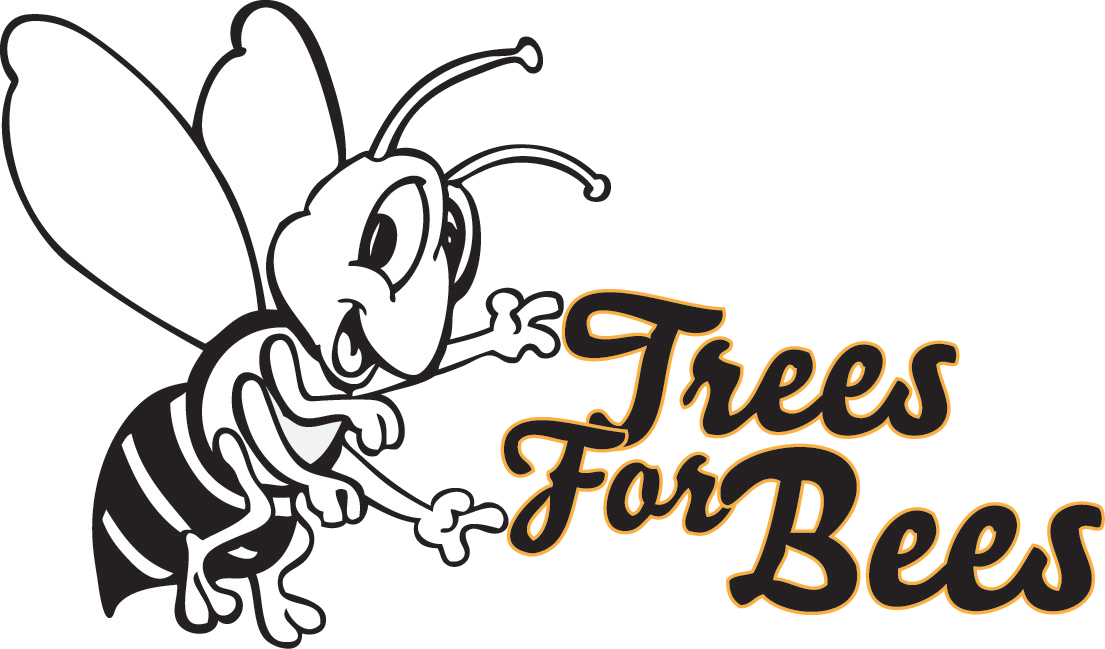Planting
What is happening to bees?
The honey bee is in trouble. Worldwide, bee numbers are declining. The bee is being attacked by an increasing number of bee pests (e.g. varroa mite) and diseases. Featuring prominently in this equation is the severe decline in floral nutrition resources creating a shortage of quality pollen and nectar for the bees to eat. Malnutrition severely compromises the bees’ resistance to pests and diseases.
Why should we help?
Availability of quality pollen and nectar is also critical in late summer and autumn after the beekeepers have removed the honey collected in the hives. During this period the over-wintering bees are developing and require high quality forage. A strong hive over winter is critical for good hive performance the following spring.
Establishing bee forage plants as part of your ongoing farm and garden planting is the most effective way of ensuring the bees have a supply of quality pollen and nectar. These pages show you how to plan and implement this planting.
The increasing importance of agricultural sustainability and food security globally and for New Zealand is widely acknowledged. But not so the importance of the bee, they are the unspoken champion of agriculture and anchor farm viability in many instances.
Bees consume pollen as a protein and vitamin source and nectar for energy. While gathering these resources, they move pollen from one plant to another thus benefiting the farm by pollinating crops.
Availability of quality pollen resources is critical during spring when beekeepers are building up bee populations for pollination services and honey harvesting. Any shortfall leads to weakened bees making them susceptible to pests and diseases. It also dramatically slows the queens breeding output and results in underperforming hives.
Gardens
Handy hints and guides for planting in your garden at home. Includes great ornamental flowers that provide plenty of food for our bees.
Farms
Planting hints for your shelter belts and other areas that can increase the amount of bees leading to greater rates of pollination on your farm.


